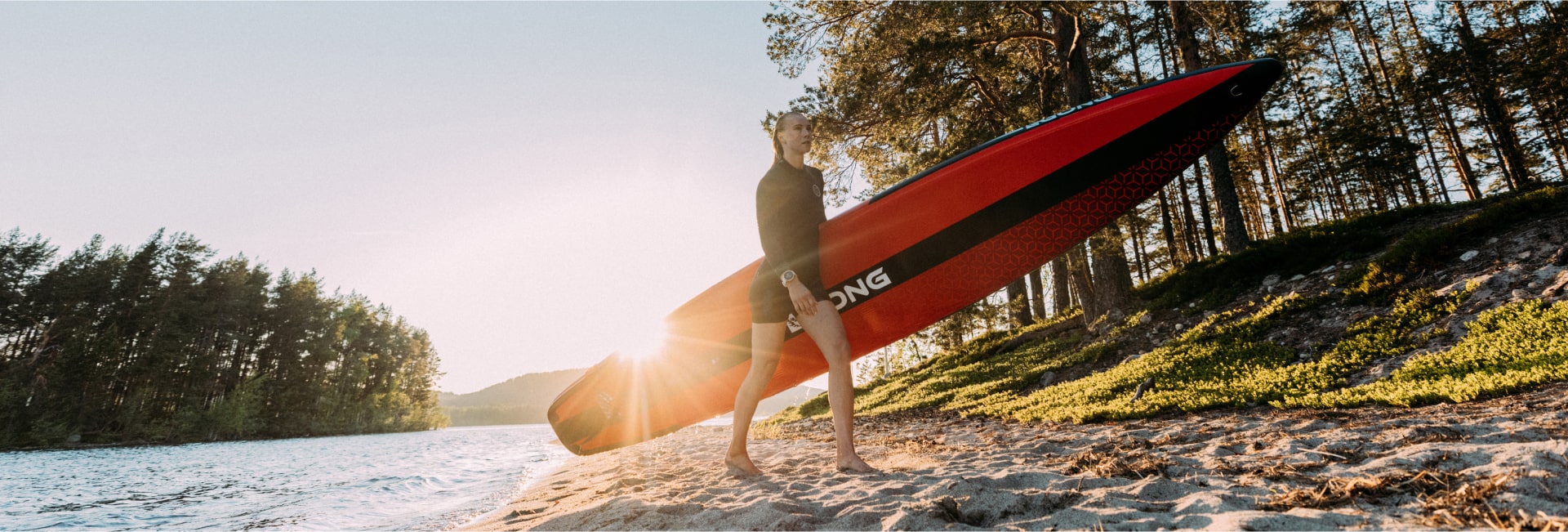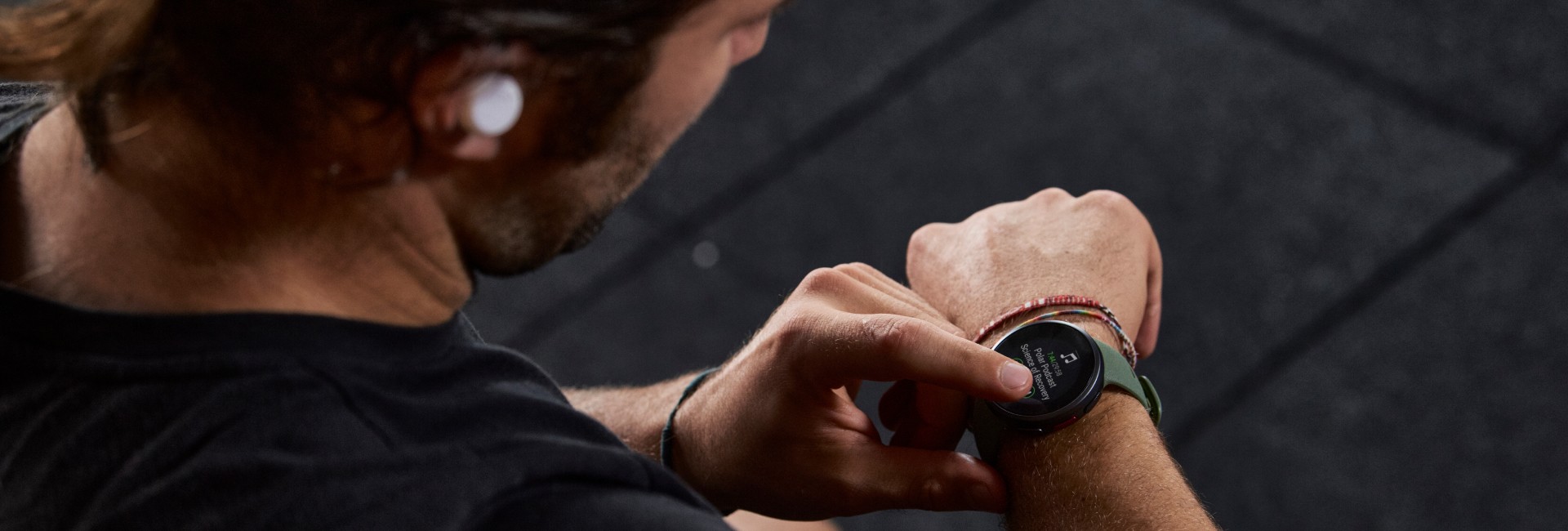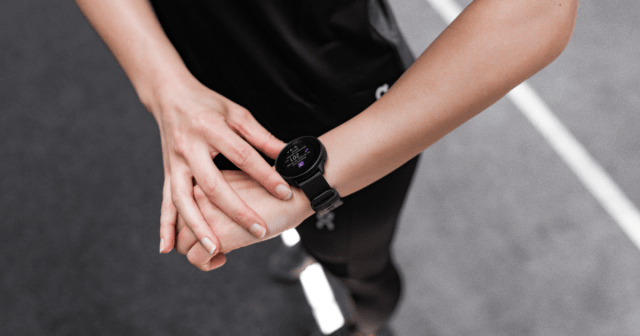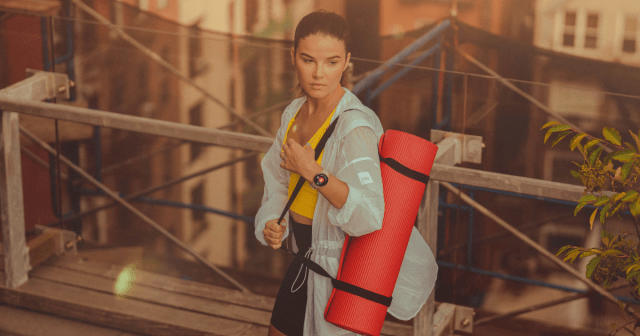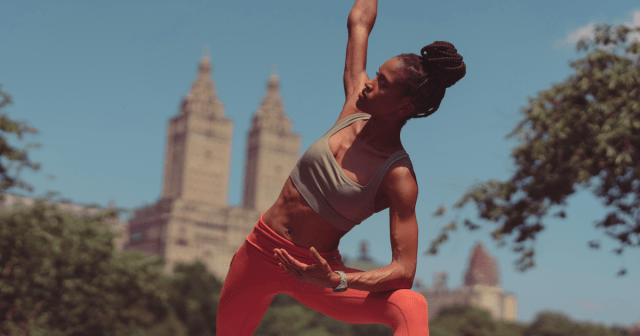What’s SUP? If you’ve ever spotted someone standing up on what looks like a surfboard but holding a paddle and wondering what was going on, then that was stand-up paddle boarding.
SUP isn’t that new, as it originated in Hawaii around the 1950s. Local surf enthusiasts started to use their boards with paddles, creating what now is a popular recreational activity. Recently, physiotherapists have begun to view stand-up paddle boarding as a great rehabilitative exercise because of its many benefits. Here are the reasons why you should think about giving it a try.
LOW-IMPACT
Stand-up paddle boarding is perfect for anyone looking for a way to exercise without putting stress on their joints. If you have an injury or like the idea of not stressing out your musculoskeletal system, SUP can give you the workout you need.
Balance
Don’t want to end up in the water? You’ll have to find your balance. Stand-up paddle boarding is about maintaining stability, so you don’t topple off. It’s actually relatively easy, making it a suitable activity for people of all ages. However, you are enhancing your natural poise and steadfastness by simply navigating your way around on your SUP.
CALMING
As far as different forms of exercise go, few are as serene as stand-up paddle boarding. The tranquil waters and setting your own pace make it a truly calming experience. That’s why SUP is recommended as a great way to combat stress and chill your autonomic nervous system out.
Stamina
One of the best things about an activity like stand-up paddle boarding is that it’s so enjoyable that you’ll hardly realize that you are exercising. You can easily spend hours cruising around on your board and probably won’t feel the effect of this low-impact workout until your muscles ache the following day. This makes it a great way to strengthen your stamina and potentially build up your capacity for endurance activities or sports.
FULL BODY WORKOUT
For such a calming, low-impact activity, stand-up paddle boarding does give your body a comprehensive workout. That’s because so many different body parts need to be engaged to make it work. Your arms are pushing the paddle, your legs keeping you balanced, and your core assisting both of these functions (and many more).
A 2016 study sponsored by the American Council on Exercise found that the “greater need to twist the core to propel the board at a faster pace” is the reason why SUP is such a great core workout, especially for your external oblique muscles. They also suggested that keeping your balance on an ever-shifting surface caused regular contractions in the abdominal muscles, enhancing your core strength.
Cardio
In addition to strengthening your muscles, stand-up paddle boarding can also be a great form of cardiovascular exercise. A different study for the American Council on Exercise looked at the heart rate of novice and experienced paddle boarders to see if they reached at least 64% of their maximum heart rate (heart rate zone 2) to be considered ‘moderate-intensity exercise.’
The study found that while novice paddle boarders fell below this range when instructed to move at a leisurely pace, all other categories reached heart rate zone 2 or above when moving at various -speeds. The researchers noted that for SUP to be a good cardio workout, you would need to “paddle with intent.”
POSITIVE MINDSET
Exercise is well known for boosting your mental health. All those rushing endorphins enhance your sense of wellbeing and your capacity to sleep. When it comes to an outdoor activity like stand-up paddle boarding, you also have the added benefit of naturally supplementing your vitamin D levels, which also has an essential role in maintaining a positive mindset.
A 2016 study from Bond University, Australia, found that after six weeks of regular SUP, participants experienced a significant improvement in their body image, self-esteem, learning, memory, concentration, and positive feelings.
So, what better reason to give stand-up paddle boarding a try? These seven perks show why SUP is a hugely beneficial outdoor activity, giving you the perfect excuse to get out there and enjoy yourself when the weather is good.
If you liked this post, don’t forget to share so that others can find it, too.
Or give it a thumbs up!
I like this article
Please note that the information provided in the Polar Blog articles cannot replace individual advice from health professionals. Please consult your physician before starting a new fitness program.
